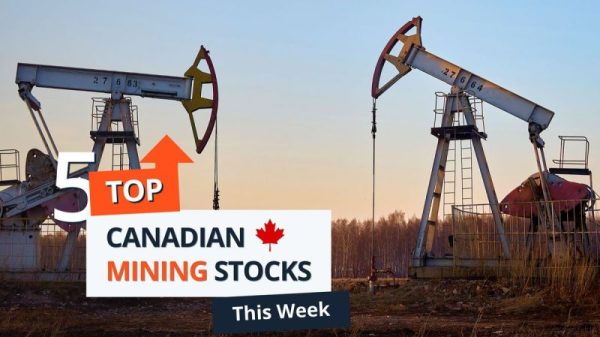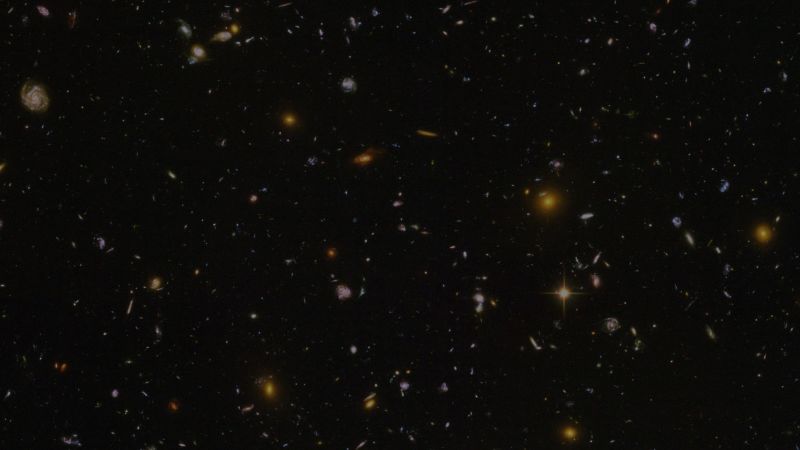The last meteor shower of 2023 is set to send meteors streaking across the sky just in time for the holidays.
The Ursids will peak Thursday night through the early morning hours of Friday, according to the American Meteor Society. Night owls braving the cold could see around five to 10 meteors per hour, the society said.
This year, the Ursids will be peaking on the same evening as the winter solstice, the longest night of the year for the Northern Hemisphere. On the evening of the solstice, the sun will be at its most southerly position at 10:27 p.m. ET, according to EarthSky.
Weather conditions allowing, the best time to view the meteors will be between 3 a.m. and dawn local time on Friday, after the moon has set, according to Robert Lunsford, fireball report coordinator for the society. The moon will be 74% full on the night of the peak, according to the American Meteor Society, and will interfere with meteor viewing earlier in the evening with its bright light, Lunsford said.
The meteor shower will be visible to sky-gazers in the Northern Hemisphere, and the more northerly the viewer is the better, Lunsford said, since the radiant constellation will be higher in the sky earlier in the night for those in Alaska or Northern Canada.
Unlike the Geminids, which deliver high rates of meteor sightings several days before and after the peak, the Ursids have a relatively short span of maximum activity. The rate of five to 10 meteors per hour will only be seen during the night and early morning hours of the peak, Lunsford said. A few days before and after the peak, the Ursids will produce around one meteor an hour, he said. The Ursids shower began in mid-December and will be active until December 24.
“This shower has produced outbursts of 25 to 30 an hour on occasion. We don’t expect that. … But you never know,” Lunsford said. If you missed the Geminids, “here’s a reprieve to see yourself some meteoric activity before the year ends,” he added.
No special equipment is needed to view a meteor shower. NASA does not recommend the use of a telescope or binoculars because of their small fields of view, since meteors can be seen all over the sky.
Mapping the Ursid meteor shower
The Ursids are an unusual annual meteor shower — its radiant, the point from which the meteors appear to originate, is not a zodiac constellation. Instead, the Ursids appear to originate from the constellation Ursa Minor, otherwise known as the Little Dipper.
By logging the time, magnitude and other characteristics of meteor sightings, researchers can gather more information on the region of space within Earth’s orbital path — such as how dense debris clouds are, as well as the time in which the planet travels through them, Lunsford said.
“If we get enough people to do that (log the time of meteor sightings), it maps out the cosmic dust that’s up there and helps us explain what’s producing them (meteor showers), where they are and what to expect next year,” Lunsford said.
Because the Ursids are not as commonly observed as strong meteor showers like the Geminids are, data on the Ursids could be considered more valuable to researchers, Lunsford said. Even casual sky-gazers can contribute to the data collection by reporting their meteor sightings to the American Meteor Society through its website.
The Ursids are the last annual celestial event for this year, but the first meteor shower of 2024 is not too far off — the Quadrantids will peak during the morning of January 4.







































